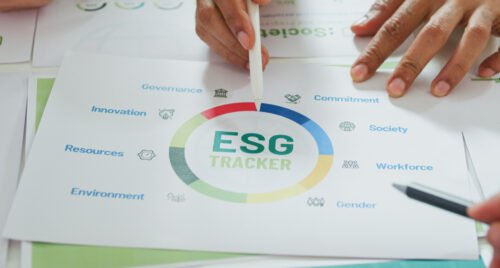Technology developed produces the so-called "technosoil," a material that will later be used in the environmental rehabilitation of mined areas.
A new technique for utilizing mining waste has undergone licensing and will be used in Minas Gerais to reduce the disposal of tailings in the Miraí dam, in the Zona da Mata region. The project called "Mobile Beneficiation Plant and Technosoil" consists of a mobile unit that allows ore beneficiation at the mine itself. The concentration of aluminum ore will be associated with a technology developed to produce the so-called technosoil, which will later be used in the environmental rehabilitation of mined areas.
Thus, the technosoil consists of a mineral substrate enriched with nutrients, which will be produced from mining waste, serving as a technological alternative for the reuse of this material. The certificate was issued to Companhia Brasileira de Alumínio (CBA) by the Subsecretariat of Environmental Regulation, through the Superintendence of Priority Projects (Suppri), at the end of August.
Previously, the company had already been authorized, through LAS/RAS no. 1992/2022, to install and operate the project on a pilot scale. The company's challenge now is to put into operation a much larger plant on a production scale.
The technology was developed by the company in partnership with the Federal University of Lavras (UFV). With this licensing, Suppri expects that this type of project will be promoted among other companies in the mining sector as a sustainability alternative.
However, Suppri's Director of Technical Analysis, Mariana Pimenta, emphasizes the importance of these projects for the use of mining waste as an alternative to disposing of these materials in dams, in line with the State Policy on Dam Safety. She also highlights the need to promote research with universities for the development of waste reuse projects.
"In the case of technosoil, the idea is that this waste returns to the soil with suitable properties, without contaminants, and helps mitigate negative impacts. It may be the best destination, instead of piles or the construction of new dams. This is completely in line with our State Policy on Dam Safety," she evaluates.
SOURCE: Agência minas




